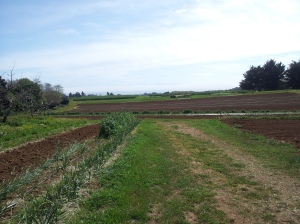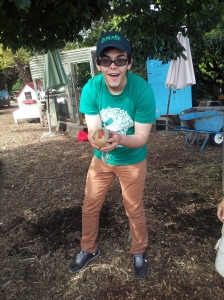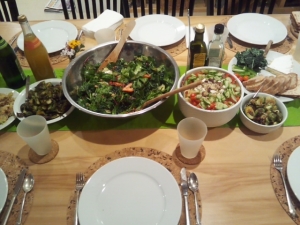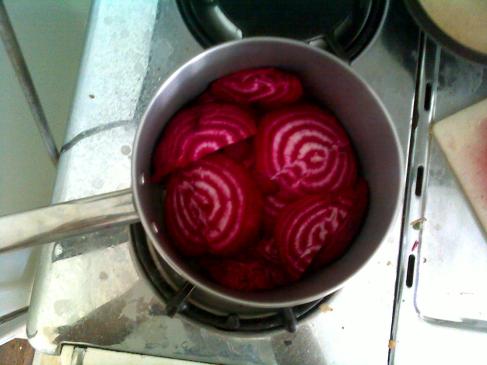It’s hard to believe that this ASB’s really over. Was it only 11 weeks ago that we met up for the first time in the Nitery and ate some of Aliza’s amazing chocolate chip cookies? What about the improv name game? Or the mini activism and allyship class?
I’ll admit that I wasn’t sure what to expect from this trip, but was more than pleasantly surprised. I was always interested in farms but had never really looked as much how our land systems worked with the ocean (which, by the way, covers 71% of the Earth’s surface). I’m now that much closer to understanding some of my friends’ obsessions with the deep unknown of the water surrounding us.
Something that stuck out to me was how effective children are at motivating their own communities to change their behavior. Although some of the organizations we met with dealt mainly with others who already had environmental beliefs, a good number of the places we visited also provided examples of how to involve others in environmentalism. Oftentimes, children were the starting force in getting their families to change their behavior for the better. Sophia from ALBA decided to join because her children talked to her more about organic food. The high schoolers in the WATCH program were getting their own families to compost and recycle. Parents were going to WIC to learn more how to provide better food for their children. The Monterey Bay Aquarium worked hard to get children from all socio-economic backgrounds interested in their water and get them thinking beyond environment. If not for this trip, I wouldn’t have valued the power of educating children about the the natural world as much as I do now.
Post-trip, I’m more certain that I want to learn more about agriculture, food and farming. I’m also very thankful for Grace and Aliza’s hard work throughout the quarter and the trip, constantly organizing and planning what we were doing each day. They did an fantastic job keeping us well-fed, well-housed while creating a close group for our trip.
Thank you to everyone who made this trip work so well!
Maria





